This article was written by Andy Dawes, Associate Professor Emeritus in the Department of Psychology at the University of Cape Town.
By 2015, South Africa had produced a number of notable policy documents directed at improving the well-being and development of young children: the 2001 Education White Paper 5 Meeting the Challenges of Early Childhood Development; the National Integrated Plan for ECD 2005-2010 (the NIP for ECD); the 2009 National Early Learning Development Standards for Children from birth to 4 years; the 2011 Curriculum Assessment Policy Statements for Grade R; and the 2015 National Curriculum Framework (NCF) from birth to 4 years.
The goal was to ensure that children had a sound early developmental foundation and were ready to learn when they arrived in school. But how would we know whether children were indeed ready? We needed a standardized South African instrument aligned to the NCF that provided a fair assessment of children’s abilities, regardless of their language and cultural background. We also needed to establish expected standards for what they should know and be able to do – essentially, what score on the instrument would indicate this level of performance.
The tools would serve another important purpose. Considerable amounts of money were being spent by donors and government on supporting early learning programmes. But did they ‘work’? If we could measure programme effectiveness, then we could could also use the measurement instrument to enable programmes to fill gaps in children’s learning outcomes (e.g. numeracy) through appropriate programme design, equipment, and stimulation.
Sound local tests of early development were available (here, here, and here) and tests developed abroad (1) had been locally adapted – such as Save the Children International‘s IDELA. The problem was that most were not aligned to the NCF and did not have benchmarked early learning standards.
In January 2015, impact-first investor Innovation Edge came to the table with funding for the development of a suitable instrument and the Early Learning Measure – ELOM – development team was assembled. During Phase 1 we reviewed the literature and assessed the suitability of test items that could be drawn from a range of tools. We consulted widely with education officials, ECD practitioners, and local and international experts. A low-cost tool that could be administered by trained assessors began to take shape and we were ready for Phase 2: piloting the draft ELOM among isiXhosa, English, and Afrikaans speaking children. That essential exercise enabled us to re-shape items, fix translations, and finalise the ELOM in preparation for its validation and standardisation in early 2016.
During Phase 3, a random sample of Grade R children speaking five major South African languages and from across the socio-economic spectrum was tested. Following psychometric analysis to standardise and establish the reliability validity and fairness of our new tool (more detail on this in the ELOM technical manual) the expected level of performance on the ELOM was benchmarked in consultation with a range of stakeholders including the Departments of Social Development and Basic Education. We now had benchmarked ELOM scores for children achieving the standard (on track), falling behind, and falling far behind the standard. The findings were published in a peer-reviewed journal.
The ELOM was ready for use at the start of 2017. Since then, together with graduate students and other colleagues, we have finalised the psychometry by establishing concurrent validity with the WPPSI IV and test-retest reliability of the ELOM direct assessment and the companion Teacher Assessment of children’s social and emotional functioning. Having also established the amount of monthly gain in ELOM scores to be expected due to a child’s maturation (more detail in article), evaluations are able to separate out this effect from the gains attributable to the programme.
The ELOM is now available in eleven official languages, and a large cohort of assessors has been trained. The ELOM has been used extensively in programme evaluations (article), to inform programme improvement, and most recently in South Africa’s first national survey of the learning outcomes of four to five-year-olds – the Thrive by Five Index. By December 2022, approximately 14,724 children had been assessed using the ELOM and much of that data is freely available on the DataFirst open data portal.
It has been a privilege to have played a part in a journey which has truly changed the ECD evidence landscape in South Africa, and will hopefully drive significant positive change in the proportions of children who are ready to learn in Grade R. That is necessary but not sufficient to change the poor educational trajectories of the majority of our children. It is up to the Department of Basic Education to ensure that schools are ready for our children and are equipped to enable them to grow to their full potential.
In-text references:
(1) Richter, L. M., Griesel, R. D., & Rose, C. (1994). The McCarthy Scales of Children’s Abilities: Adaptation and norms for use amongst black South African children. South African Journal of Occupational Therapy, 24, 17-30.
